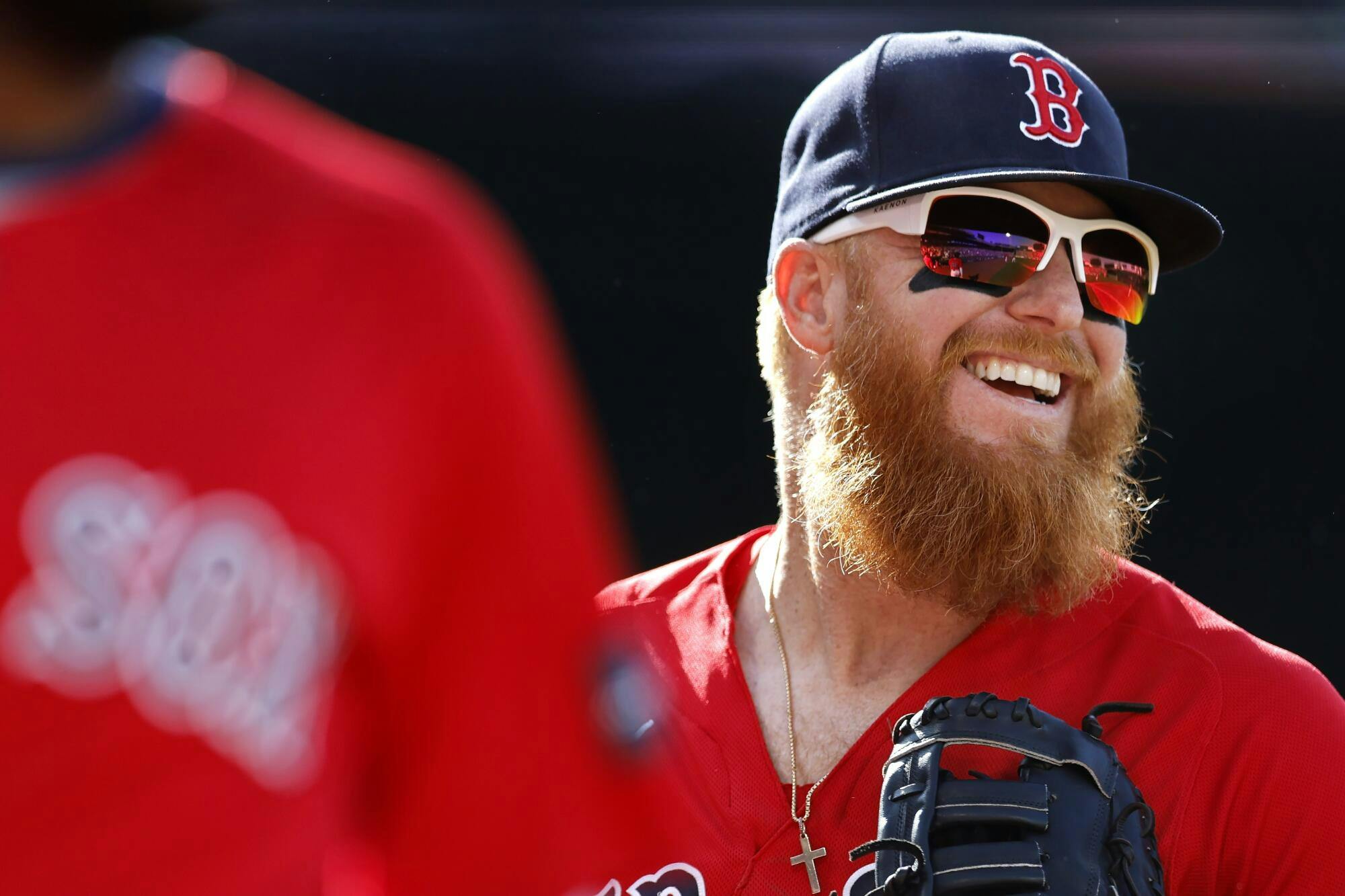Why Justin Turner is a good fit for the 2024 Toronto Blue Jays
By Bob Ritchie
7 months ago
Keep scrolling for the next article
Breaking News
- GDB 143.0: Jose Berrios, Blue Jays look to bounce back against Braves
- The Blue Jays have a few options to consider with Jordan Romano this off-season
- Blue Jays drop series opener in Atlanta for fourth consecutive loss
- Blue Jays closer Jordan Romano won’t return to the Major Leagues in 2024
- Blue Jays recall right-hander Luis Frías from triple-A Buffalo
